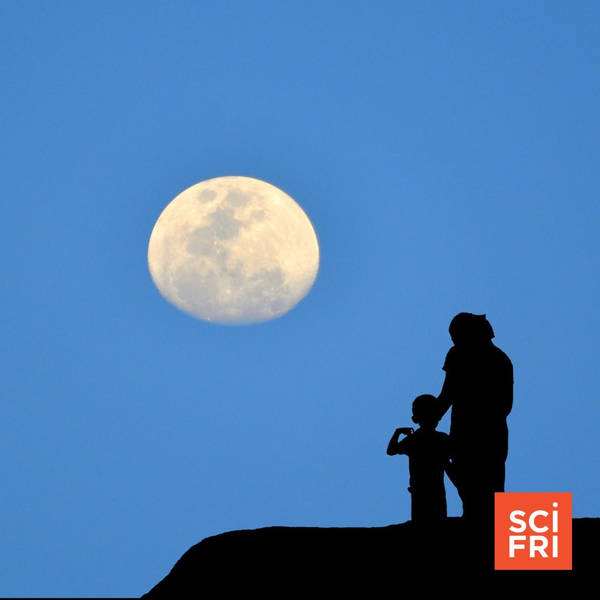
How The Moon Transformed Life On Earth, From Climate to Timekeeping
For almost their entire 4.5 billion-year existence, Earth and its moon have been galactic neighbors. And the moon isn’t just Earth’s tiny sidekick—their relationship is more like that of siblings, and they’re even cut from similar cosmic cloth.
Without the moon, Earth and its inhabitants wouldn’t be what they are today: The climate would be more extreme, lunar tides wouldn’t have given rise to life on Earth, biological rhythms would be off-beat, and even timekeeping and religion would have evolved differently. The new book Our Moon: How Earth’s Celestial Companion Transformed The Planet, Guided Evolution, And Made Us Who We Are explores how our existence is tied to the moon’s.
Ira Flatow and guest host Sophie Bushwick chat with journalist and author Rebecca Boyle about how the moon came to be, how it transformed life on Earth, and how our relationship with it is changing.
Transcripts for each segment will be available the week after the show airs on sciencefriday.com
Subscribe to this podcast. Plus, to stay updated on all things science, sign up for Science Friday's newsletters.
